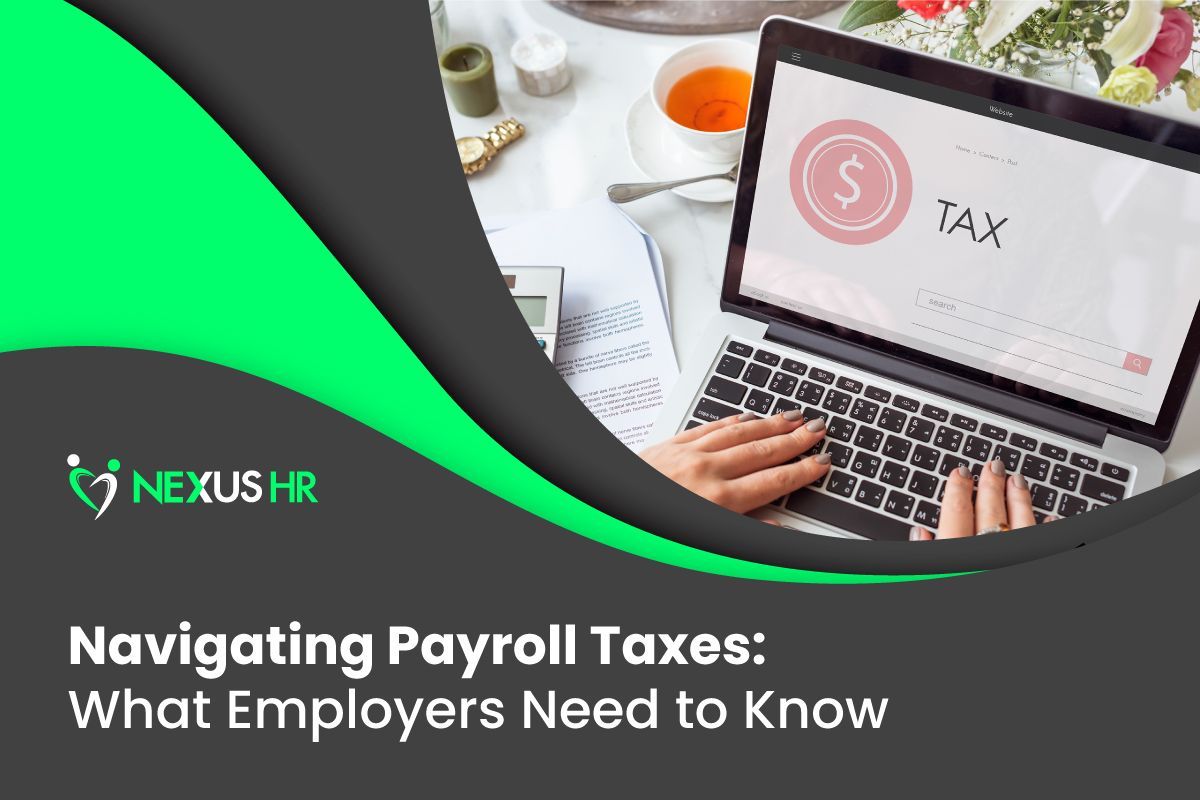Get in touch
877-922-5867
Info@Nexushr.com
877-922-5867
Are Your Employees Career Cushioning? Here’s How to Handle It.
As an employer, you are undoubtedly aware of the importance of employee satisfaction. But have you considered the implications of “career cushioning” on your workforce?
This increasingly popular workplace trend has become an important factor in business success and is something every manager, CEO, and department leader should know about. By understanding how career cushioning works, companies can avoid costly mistakes and make informed decisions about how best to leverage this trend for their organization's benefit.
What Is Career Cushioning?

Career cushioning refers to maintaining and nurturing various options and relationships that may serve as a backup plan in case of unexpected setbacks in one's career. Essentially, it's a cushion to fall back on.
This practice may involve building a strong network, developing versatile skills, or even pursuing side gigs.
While some argue that career cushioning shows a lack of confidence or commitment, it can actually be a savvy strategy in today's unpredictable job market. As the saying goes, "Hope for the best, prepare for the worst." By taking proactive steps to protect their careers, workers are safeguarding their livelihoods and ensuring they have a secure path to follow in worst-case scenarios.
Why Do Employees Choose to Career Cushion?

Career cushioning offers a sense of security and protection against potential job losses or unexpected career setbacks. But why are so many workers opting for this approach?
Well, there's no single answer. For some, it's about satisfying their desire for career growth and advancement, while for others, it's about keeping their options open in the event of an economic downturn. But in general, employees decide to career cushion when they see long-term uncertainty with their current position.
As an employer, it's crucial to understand your responsibility in creating a culture in which people are confident and comfortable so that you can attract and retain top talent in today's dynamic job market.
How Does Career Cushioning Impact the Workplace?

While it may seem like a smart move for individuals, career cushioning can significantly impact the workplace. Ultimately, career cushioning may negatively impact an employer's bottom line, affecting productivity and the likelihood of employees quitting.
When employees are not fully committed to their current job and actively search for other options, they may bring a negative attitude and lack of enthusiasm to their tasks. This can create a toxic work environment and have a ripple effect on the entire team.
How Can Employers Address Career Cushioning in the Workplace?

In today's competitive job market, it is essential to address these drivers proactively to retain employees and promote a positive work environment. Employers should be aware of the potential impact of career cushioning and encourage open communication to ensure everyone is on the same page.
The first step is always accountability. By acknowledging this practice and taking measures to address it, employers can create a more engaged and loyal workforce while improving overall performance and productivity.
Read More:
What Is a Boomerang Employee and Why Should You Care?
Creating opportunities for career growth can go a long way in addressing career cushioning. You’d be surprised at how positively workforces respond when their employers start doing things like:
- Acknowledging and rewarding employee achievements
- Offering long-term incentives
- Opening channels for communication
- Addressing employee concerns
- Providing feedback for career development
- And creating a workplace culture that celebrates personal and professional achievement
By doing so, not only do employers create a loyal and committed workforce, but they also improve productivity and, ultimately, the company's success. Invest in your employees, and you invest in the future of your business.
The Top 5 Strategies for Creating a Culture that Supports Professional Development

Building a culture that supports professional development is essential for the growth and success of any business or organization. With the ever-changing landscape of the professional world, it's important to have strategies in place that encourage continuous learning and development.
However, building a company and culture that talented workers will commit to for years is easier said than done. If you aren’t already, your company should begin implementing these five strategies to create the best work environment possible:
- Provide training and development opportunities
- Encourage goal-setting and feedback
- Foster a culture of collaboration
- Offer mentorship programs
- Utilize technology to enhance learning
By implementing these steps, organizations can ensure their employees feel valued, supported, and motivated to reach their full potential. Building a sound foundation for professional development not only benefits individual employees but also helps the organization as a whole to grow and thrive in a competitive market.
Read More:
What Is Quiet Hiring? And Is It a Good Idea?
In conclusion, there are multiple ways employers can create an environment that addresses career cushioning while building up their business. From creating opportunities for professional development and providing equitable reward systems to improving transparency and
addressing work-life balance concerns, employers deemphasizing career cushioning can set employees up for long-term success and help ensure their organizations remain competitive.
Career cushioning should never be seen as a sign of laziness or indecision; instead, it is a vital tool that all working professionals—both employers and employees—should use thoughtfully and responsibly to improve working conditions and help each other reach their professional goals.
Read More:
30 Employee Perk Ideas to Attract and Retain Employees
Stop Career Cushioning and Set Your Business Up For Success

Want to stop career cushioning in its tracks? Nexus HR has the solution.
Our HR specialists are standing by to help you build the business of your dreams. Whether you need
payroll,
recruiting, or a complete
remote HR solution, Nexus HR delivers the results you expect for a fraction of the cost of traditional in-house HR.











